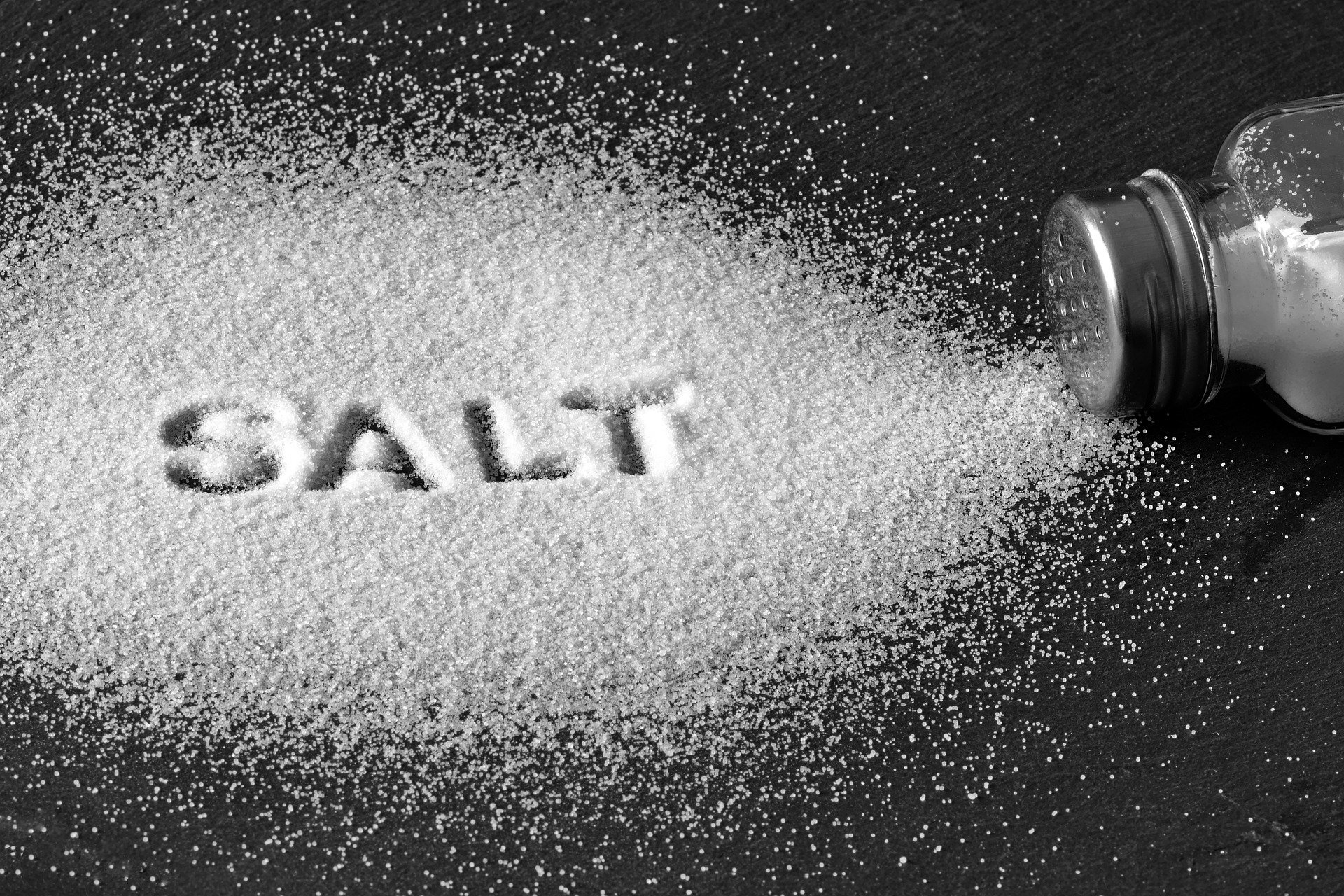Is Rapid Correction of Hyponatremia Dangerous?

I had a patient who presented to my emergency department after suffering a seizure. The workup showed that his sodium level was dangerously low, and that was the most likely cause. How did this happen?
He rode his motorcycle, helmet on, and drank only water. This was in the middle of a hot July, and as he sweat profusely and lost tons of salt in his sweat, he did not replenish the salt he lost, as he drank only water. So, the sodium level in his blood decreased to the point that it caused his seizure.
Thankfully, we quickly replenished his sodium levels, and he made a full recovery. Now, in this type of patient, the sodium level needs to be replenished quickly, given the life-threatening complication.
What about other patients who also have low sodium, but are not critically ill? Can we quickly replace their sodium levels, as well? The conventional wisdom says, “No.”
If a patient has a low sodium level without any symptoms, and the level is corrected too quickly, it can cause a dangerous complication called osmotic demyelination syndrome, or ODS. If this happens in exactly the wrong place in the brainstem, the patient can get what is called “locked in syndrome,” where he or she is awake and alert, but completely paralyzed and aphasic (unable to speak). This terrifies me to no end as a physician.
So, we usually correct the serum sodium much more slowly, no more than 0.5 meq per hour, and when we correct it too quickly, we sometimes will reverse what we did and give medications to bring the sodium level back down.
This begs the question: does the literature support this treatment strategy? Enter this study.
It was a systematic review and meta-analysis of 16 studies and 11 811 patients, and it showed that rapid correction of severe hyponatremia, which was defined as a level less than 120 meq/L or less than 125 meq/L with severe symptoms, was associated with fewer in hospital deaths compared with slow and very slow correction. The evidence was “moderate” in certainty.
They defined “rapid correction” as increasing the sodium level by greater than or equal to 8-10 mEq/L per 24 hours. “Slow” correction was less than 8 or 6-10 mEq/L per 24 hours, and “very slow” was defined as less than 4-6 mEq/L per 24 hours.
What’s more, low-certainty evidence suggested that rapid correction was associated with fewer deaths per 1000 treated patients at 30 days compared with slow and very slow correction, respectively.
What about osmotic demyelination syndrome (ODS)?
They found only two cases of ODS among 594 patients (0.3%) occurred in the very rapid correction group, 18 cases among 3842 patients (0.5%) in the rapid correction group, 10 cases among 5652 patients (0.2%) in the slow correction group, and 1 case among 2466 patients (<0.1%) in the very slow correction group. So, it is not more frequent in those patients who were rapidly corrected, which is a great thing.
There are a number of limitations to the study, and I refer you to the article for the details here. Still, this is good news, and it should help assuage the concern of rapid correction of hyponatremia. It seems like correcting the abnormality quickly is actually associated with better outcomes.









